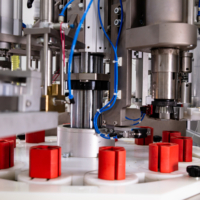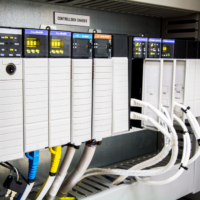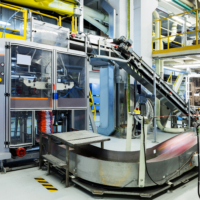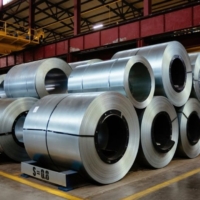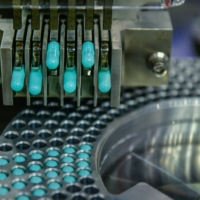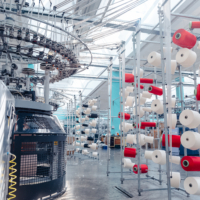What is an Inverter Drive?
In this article:
- An Introduction to Inverter Drives
- Where are inverter drives used?
- What is the difference between a direct drive and an inverter drive?
- What are the advantages of a inverter drive?
- Sources
An Introduction to Inverter Drives
An inverter drive, also known as an AV drive or variable frequency drive (VFD), is a type of motor controller that is used to control the speed and torque of an electric motor. It generally sits between the electrical supply and the motor. [1]
An inverter drive consists of several key components that work together. These components include power semiconductors, a control unit, a rectifier, a DC bus and an output inverter.
The power semiconductors play a crucial role in converting incoming AC power to DC power, which is then stored in the DC bus. The control unit manages the operation of the inverter drive and monitors various parameters such as speed, current, and voltage. It also adjusts the output frequency and voltage to achieve the desired motor speed and torque.
The rectifier is responsible for converting the incoming AC power into DC power, which is then stored in the DC bus. This stored energy is used to power the output inverter, which converts the DC power back to AC power at the desired frequency and voltage to control the motor speed.
In addition to these main components, an inverter drive may also include additional features such as braking resistors, filters, and communication interfaces for connecting to external devices.
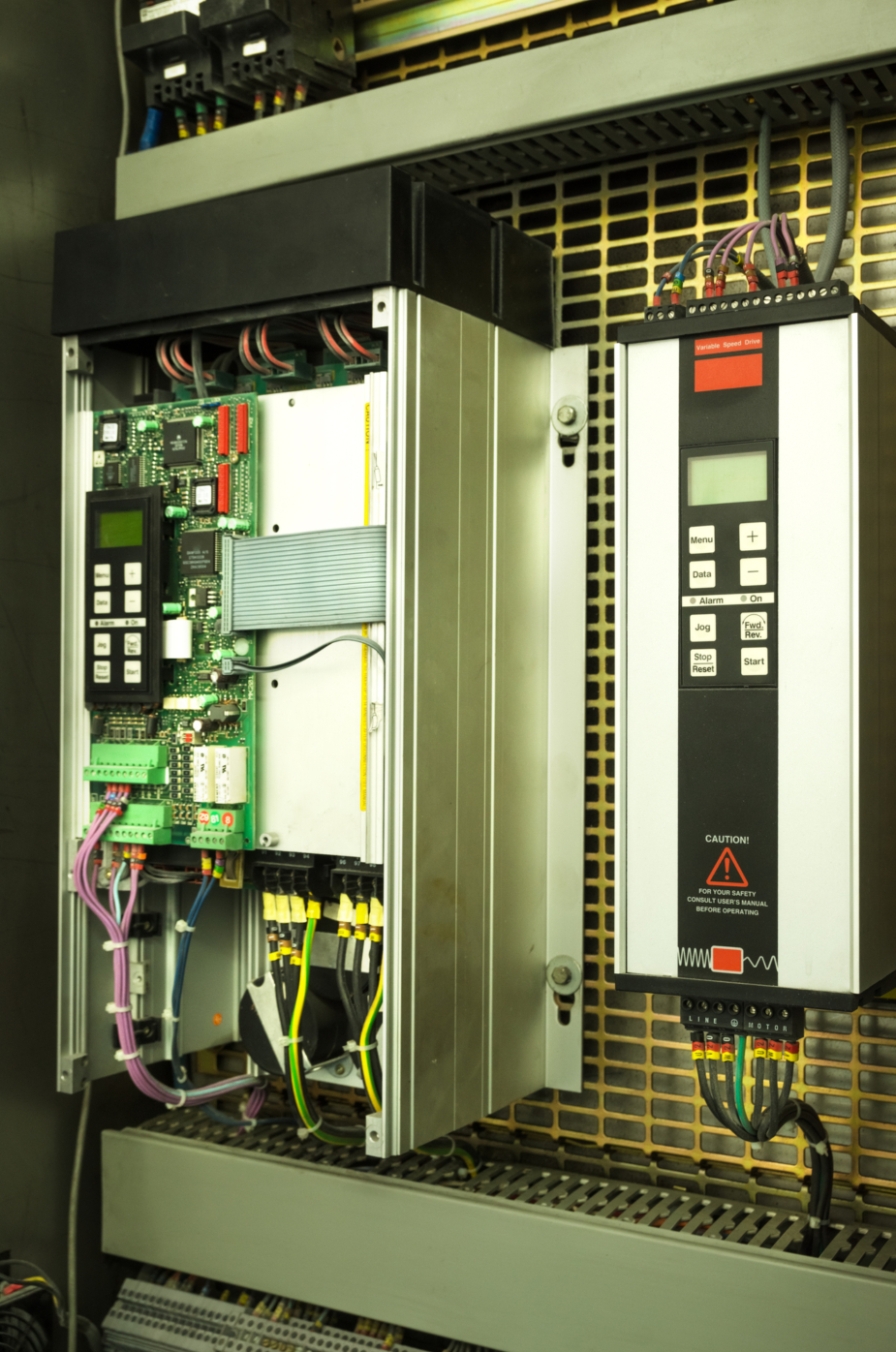
Where are inverter drives used?
Inverter drives are used in a wide variety of applications across different industries. The use of an inverter drive to adjust the speed and acceleration of a motor increases the range of its applications compared with a motor that operates at a constant speed. [2] They are commonly found in the manufacturing sector, where they are used in conveyor systems, pumps, fans, and compressors to control the speed and torque of electric motors. In the automotive industry, inverter drives are utilized in assembly lines and robotic systems to provide precise control over motor speed and position. They are also used in HVAC systems to regulate the speed of air handlers and chillers, improving energy efficiency and reducing operating costs.
In the renewable energy sector, inverter drives play a critical role in converting direct current (DC) electricity from solar panels or wind turbines into alternating current (AC) for use in homes and businesses. They are also used in grid-tie and off-grid systems to manage the flow of electricity and ensure stable power supply.
Additionally, inverter drives are employed in the marine and aerospace industries to control the propulsion systems of ships and aircraft, as well as in traction applications such as electric trains and trams. In the commercial and residential sectors, they are used in elevators, escalators, and garage door openers to provide smooth and reliable motion control.
What is the difference between a direct drive and an inverter drive?
The main difference between a direct drive and an inverter drive lies in the way they control the speed of an electric motor.
A direct drive system is a simple setup in which the motor is connected directly to the load without any intermediate transmission. This means that the motor speed is directly proportional to the speed of the load. In a direct drive system, the motor runs at a constant speed and the load is adjusted to match this speed. Direct drive systems are often used in applications where precise speed control is not necessary, such as fans and pumps.
In terms of performance, an inverter drive offers a number of advantages over a direct drive system. For one, it allows for better energy efficiency by adjusting the motor speed to match the load requirements, rather than running at a constant speed regardless of the load. This can result in significant energy savings, especially in applications where the load varies over time.
Additionally, an inverter drive allows for smoother and more precise speed control, making it suitable for applications that require high levels of accuracy, such as CNC machines and conveyor systems. The ability to ramp up or down the motor speed gradually also reduces wear and tear on the motor and other mechanical components, prolonging their lifespan.
What are the advantages of a inverter drive?
Inverter drives have become increasingly popular in various industries due to the numerous advantages they offer. These include:
- Energy Savings – Inverter drives can help save energy by controlling the speed of the motor according to the load requirements, resulting in reduced power consumption
- Reduced Mechanical Stress – By controlling the speed and torque, inverter drives can help reduce mechanical stress on equipment, resulting in longer lifespan and lower maintenance costs
- Improved Control – Inverter drives offer precise control over motor speed and torque, allowing for better process control and improved product quality
- Soft Starting & Stopping – Inverter drives enable soft starting and stopping of the motor, reducing wear and tear on the equipment and minimizing power surges
- Flexibility – Inverter drives can be adjusted to accommodate different load conditions, providing flexibility in various applications and processes
- Saves Space – Inverter drives are compact and require less space compared to traditional motor control devices, making them suitable for installations with limited space
Sources
- Inverter Drive Systems. (n.d.). What is an Inverter? Retrieved on 30 July 2024, from: https://www.inverterdrivesystems.com/abb-products/abb-drives/what-is-an-inverter
- OMRON Industrial Automation. (n.d.). Inverters. Retrieved on 30 July 2024, from: https://www.ia.omron.com/support/guide/9/introduction.html#:~:text=An%20inverter%20controls%20the%20frequency,applications%20for%20the%20motor%20limited.

